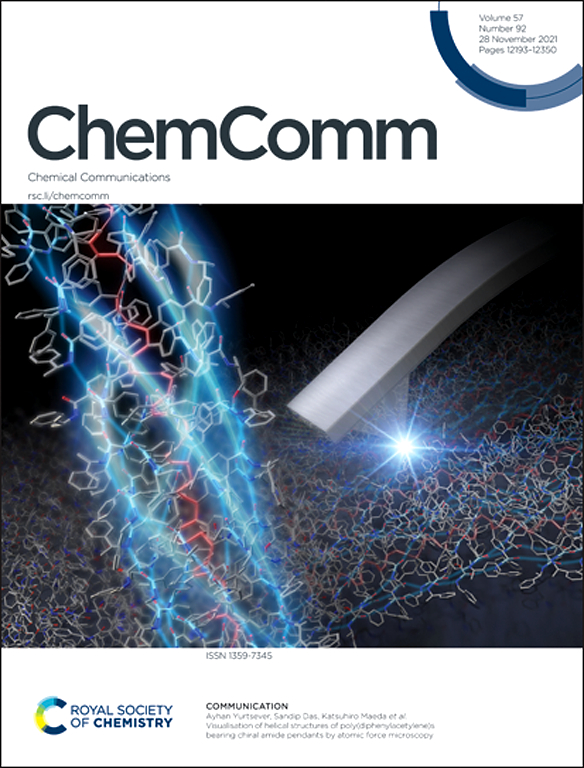Organelle-targeted small molecular photosensitizers for enhanced photodynamic therapy: a minireview for recent advances and potential applications
IF 4.3
2区 化学
Q2 CHEMISTRY, MULTIDISCIPLINARY
引用次数: 0
Abstract
Photodynamic therapy (PDT) is a promising approach for cancer treatment that involves the use of photosensitizers to generate reactive oxygen species upon light irradiation, resulting in selective cytotoxicity. To enhance the efficiency of PDT, researchers have developed organelle-targeting photosensitizers that specifically accumulate in critical cellular organelles. This review provides a comprehensive overview of recent advancements in the development of organelle-targeting photosensitizers for PDT. Different organelles, including mitochondria, plasma membrane, lysosome, endoplasmic reticulum, lipid droplets, nucleus, and Golgi, have been targeted to improve the selectivity and effectiveness of PDT. Various strategies have been employed to design and synthesize these photosensitizers, optimizing their organelle-specific accumulation and photodynamic efficiency. This review discusses the principles and mechanisms underlying the design of organelle-targeting photosensitizers, along with their exceptional results achieved in preclinical studies. Furthermore, potential applications and challenges in the development of multi-organelles-targeting photosensitizers and the synergistic use of multiple photosensitizers targeting different organelles are highlighted. Overall, organelle-targeting photosensitizers offer a promising avenue for advancing the field of PDT and improving its clinical applicability.用于增强光动力治疗的细胞器靶向小分子光敏剂:最新进展和潜在应用的综述
光动力疗法(PDT)是一种很有前景的癌症治疗方法,它利用光敏剂在光照射下产生活性氧,从而产生选择性细胞毒性。为了提高光化学疗法的效率,研究人员开发了细胞器靶向光敏剂,这种光敏剂能特异性地聚集在关键的细胞器中。本综述全面概述了用于局部放疗的细胞器靶向光敏剂的最新进展。不同的细胞器,包括线粒体、质膜、溶酶体、内质网、脂滴、细胞核和高尔基体,都已成为靶向光敏剂的目标,以提高光动力疗法的选择性和有效性。人们采用了各种策略来设计和合成这些光敏剂,优化其细胞器特异性积累和光动力效率。本综述将讨论细胞器靶向光敏剂的设计原理和机制,以及它们在临床前研究中取得的卓越成果。此外,还重点介绍了多细胞器靶向光敏剂的潜在应用和挑战,以及多种光敏剂针对不同细胞器的协同作用。总之,细胞器靶向光敏剂为推进局部放疗领域的发展和提高其临床适用性提供了一条前景广阔的途径。
本文章由计算机程序翻译,如有差异,请以英文原文为准。
求助全文
约1分钟内获得全文
求助全文
来源期刊

Chemical Communications
化学-化学综合
CiteScore
8.60
自引率
4.10%
发文量
2705
审稿时长
1.4 months
期刊介绍:
ChemComm (Chemical Communications) is renowned as the fastest publisher of articles providing information on new avenues of research, drawn from all the world''s major areas of chemical research.
 求助内容:
求助内容: 应助结果提醒方式:
应助结果提醒方式:


